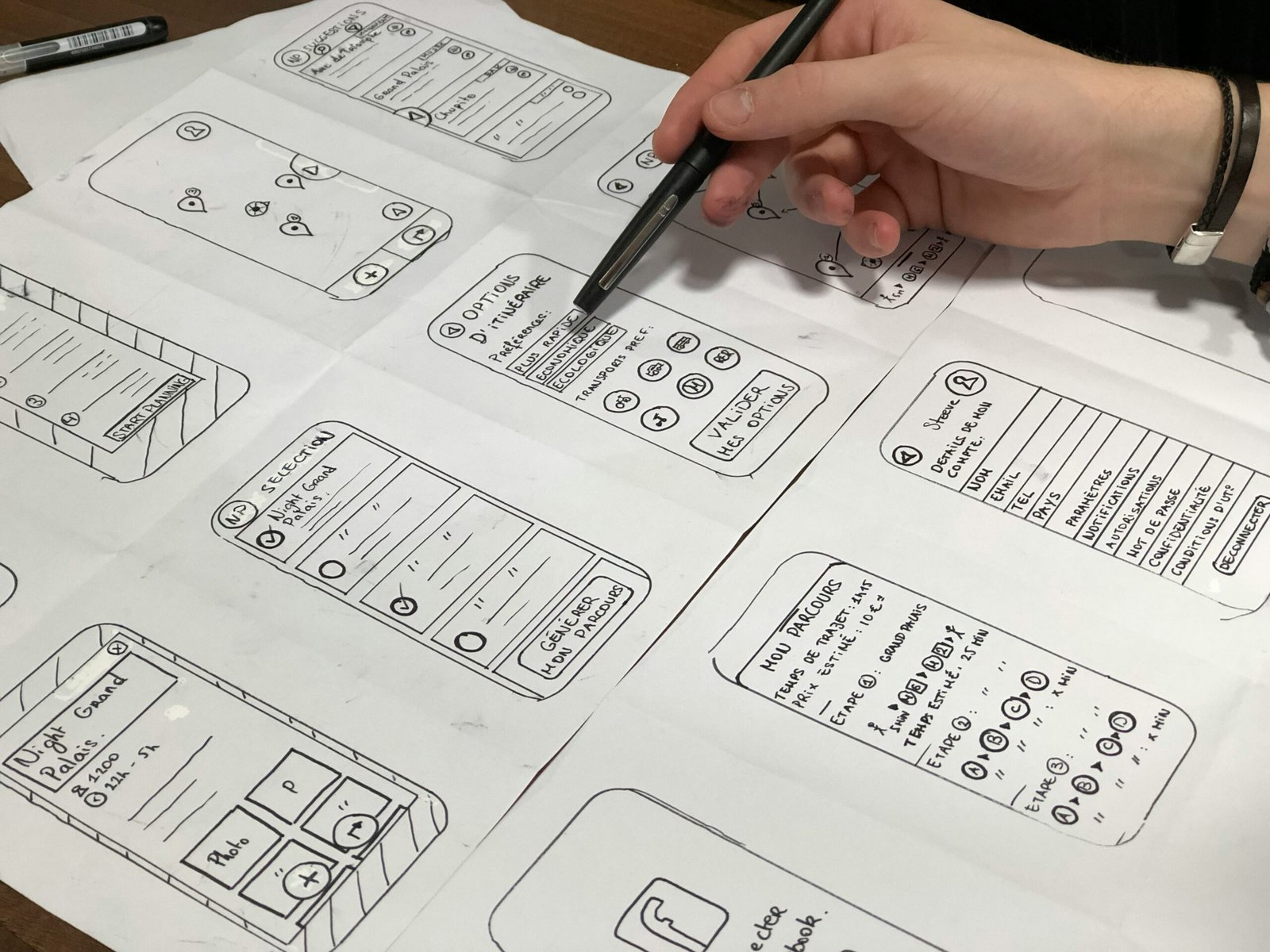In today’s digital world, user experience (UX) has become a crucial aspect of any successful website or application. As businesses strive to create engaging and interactive platforms, they are increasingly turning to psychological profiling to understand their users better and deliver personalized experiences. In this blog post, we will explore the concept of psychological profiling in UI/UX and how it can be used to craft personalized user experiences.
Psychological profiling refers to the process of analyzing and understanding an individual’s personality, preferences, and behavior. By gathering data on various psychological factors, such as motivations, emotions, and cognitive processes, businesses can gain valuable insights into their users’ needs and desires. This information can then be used to tailor the user experience to meet those specific requirements.
One of the primary benefits of psychological profiling in UI/UX is the ability to create personalized user experiences. By understanding the unique characteristics of each user, businesses can customize their platforms to suit individual preferences. For example, an e-commerce website can use psychological profiling to recommend products based on a user’s previous purchases or browsing history. This level of personalization not only enhances the user experience but also increases the likelihood of conversion and customer satisfaction.
Psychological profiling can also be used to design more intuitive and user-friendly interfaces. By understanding how users think and process information, designers can create interfaces that align with their cognitive processes. For instance, by considering factors such as attention span, memory, and decision-making, designers can simplify complex tasks and guide users through the interface more effectively. This approach ensures that users can navigate the platform effortlessly, leading to a positive user experience.
Another significant application of psychological profiling in UI/UX is in the realm of emotional design. Emotions play a crucial role in shaping user behavior and decision-making. By understanding the emotional triggers of their users, businesses can design interfaces that elicit positive emotions and create a memorable experience. For example, a travel booking website can use psychological profiling to understand the emotions associated with vacation planning and design an interface that evokes excitement and anticipation. This emotional connection can significantly impact user engagement and loyalty.
However, it is essential to approach psychological profiling in UI/UX ethically and responsibly. Respecting user privacy and obtaining informed consent are paramount. Users should have control over the data collected and how it is used. Transparency in data collection and usage practices builds trust and ensures that users feel comfortable sharing their information.
Implementing psychological profiling in UI/UX requires a combination of qualitative and quantitative research methods. Surveys, interviews, and user testing can provide valuable insights into user preferences and behaviors. Additionally, data analytics and machine learning techniques can help analyze large datasets and identify patterns that contribute to personalized experiences.
In conclusion, psychological profiling in UI/UX offers immense potential for businesses to create personalized and engaging user experiences. By understanding the unique characteristics of their users, businesses can tailor their platforms to meet individual needs and preferences. However, it is crucial to approach psychological profiling ethically and responsibly, ensuring user privacy and consent. With the right research methods and data analysis techniques, businesses can leverage psychological profiling to craft user experiences that leave a lasting impression.
Remember, the key to successful psychological profiling in UI/UX lies in striking the right balance between personalization and privacy, creating interfaces that are intuitive and emotionally resonant. By implementing these principles, businesses can create user experiences that not only meet user needs but also foster long-term engagement and loyalty.











Leave a Reply